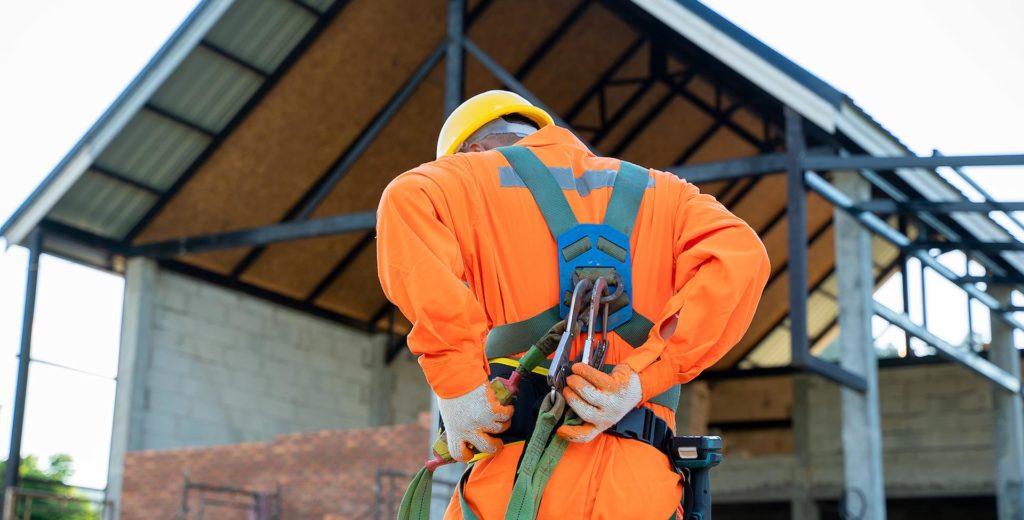
Jason Wible Frenchcreek Speaks On 4 Frequently Asked Questions On Safety Harness
Working at height has become one of the leading causes of major injuries and fatalities in the construction industry. Due to this, OSHA has made it mandatory for employers to ensure that their employees wear safety harnesses as well as train them for using the tool appropriately. According to Jason Wible Frenchcreek that there is widespread confusion in the industry on the use of PFSA as there are variations in standards for the general vs construction industry. In this blog, he has answered a few questions that are frequently asked by employers and employees.
When Construction Workers Are Required To Use Safety Harness?
As per Occupational Safety and Health Administrations regulation every employee who works at a height with an unprotected edge of 6 feet or more of the lower surface must wear a personal fall arrest system to get protected from falling. The same rule applies even if the height is lower than 6 feet and the employee is involved in any work surrounding or above any dangerous substance or equipment. The rule also applies to other industries for workers involved in similar kinds of jobs.
It Is Whose Responsibility To Purchase Or Provide Safety Harness To Construction Workers?
The regulation holds employers legally responsible to provide the right means of fall protection harness, anchor, lifeline, lanyard, and anchor to ensure the safety of their employees and protect them from falling. This means employers are responsible for purchasing, buying, and making employees trained to wear the tool appropriately. The penalty for violation of the rule is substantial, from fine to cancellation of business license and criminal penalty.
How To Wear A Safety Harness Properly?
After buying the industry standard safety harness, the employer needs to make sure that it is worn properly by the employee. The five easy steps of this process are
- Inspection: a safety harness should include components including shoulder straps as well as leg straps, adjustable fasteners or buckles, pelvic support, and D-rings used for connecting to a lanyard. Each component should be inspected to ensure that they are intact and safe for use.
- Positioning The D Ring: The dorsal D-ring needs to be positioned among the employee’s shoulder blades and a fall arrest system. D-rings that are used for other positions are meant for use with ladder safety devices. This is why, some harnesses come along with D-rings for the front, sideways, and lower back.
- Buckle Up Legs: The fingers of the worker should fit tightly but comfortably among the strap and the leg of the wearer.
- Buckle Up Chest: The chest strap should fit tightly but also snugly lying across the chest. It is to remember that if the chest strap is left loose, at the time of a fall, it can be dislodged and get wrapped up the wearer’s neck causing a choking hazard.
Once every component is buckled and connected, a final check-up is necessary to ensure that everything is in place and it will not restrict normal movement. Any strap tails should be tucked into the loop to stop them from getting snagged with building materials or equipment.
How To Decide The Expiry Of Safety Harness?
Harnesses need to be properly leveled by their manufacturers with detailed information such as model and serial number, carrying capacity, the materials used for manufacturing, and warning. This should also include information on appropriate use, maintenance procedure, and inspection procedure in the manual.
According to Jason Wible Frenchcreek, when it comes to an expiration date, OSHA has specified any specific date or time of expiry since it could result in false information about safety and security. Whether the harness is fit to be used or not should be determined by the safety inspectors and supervisor of the worksite. A thumb rule to consider harness is expired once it fails in the routine inspection process, regardless of how old it is. And that should be destroyed immediately.